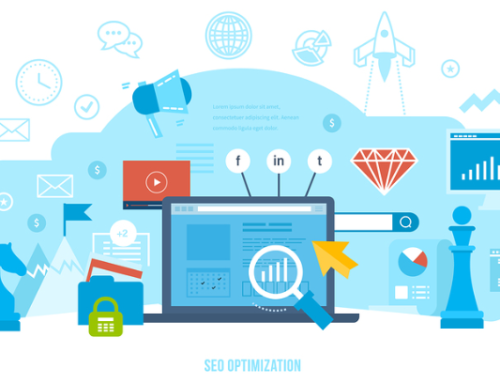Online marketing now is largely about publishing interesting content that audiences want to view, then using it to build SEO and ultimately conversions.
Publishing regular articles or blogs with your content is one part of this process; however, how do you know what content to create in the first place?
With a good content marketing strategy, you can pinpoint what kind of content you need for your audiences and how to get the greatest effect with it.
1. Know Your Content Marketing Goals
The most important step for developing any type of marketing campaign is identifying campaign goals, what you want the campaign to achieve.
Along with identifying your content marketing goals, you must also define a way that you can measure how well your campaign is performing, whether that's by tracking shares, downloads, website traffic, views, or some other metric.
2. Research Audiences
Before you can generate the articles your audience wants to see and will draw them to your website, you must first identify who they are. Learn who will be viewing your content by researching measurable demographics as well as less tangible psychographics such as values, interests, beliefs, etc.
Pay attention to search habits, social media use, and other details that can help create a mental snapshot of exactly who is a member of your target audience.
3. Determine What Your Audience Wants and Needs
Once you understand who will be reading your blogs, brainstorm keyword ideas and research them to denote associations with this target audience. Generate a list of ideas and keywords and ensure they do three things:
- Fulfill your content marketing goals
- Work for keyword targeting
- Serve your user’s needs.
Focus your content on these topics for that specific audience.
4. Build An Email List
Email lists allow you to send content directly to your most interested audiences. Building one also helps you get a better idea of the intended readers of your articles and other content.
Once you have a growing email list, start sending regularly published emails with your content to the full list. Send more tailored content to targeted lists based on demographics, interactions with your website, and other factors.
5. Decide On Your Content Format
There are many different content formats you can use when posting to blogs and other distribution channels, including videos, infographics, podcasts, and more. Vary the types you use but make sure they all share the same qualities.
Your information should inform viewers of your product or topic, create emotion, show them how it can help them, and encourage them to share your information with others.
6. Brainstorm Content Distribution Strategies
Once you have information to distribute, brainstorm the many ways you can distribute it. Look for ways to reach audiences that competitors may not be noticing.
Identify methods where you are proficient and can most easily focus on. Do additional keyword research to pinpoint specific niches to distribute tailored content.
7. Use Social Media and Paid Ads
Circulate articles to social media channels to increase exposure and shares; invest in paid ads targeted to the right audiences. Both play important roles in online marketing campaigns, helping to build recognition and boost organic SEO.
It is important to understand that a content marketing campaign must be correctly focused for it to be successful. Only by understanding your audience can you plan a strategy for creating and distributing blogs and other content in a way that will work for your specific audience!





